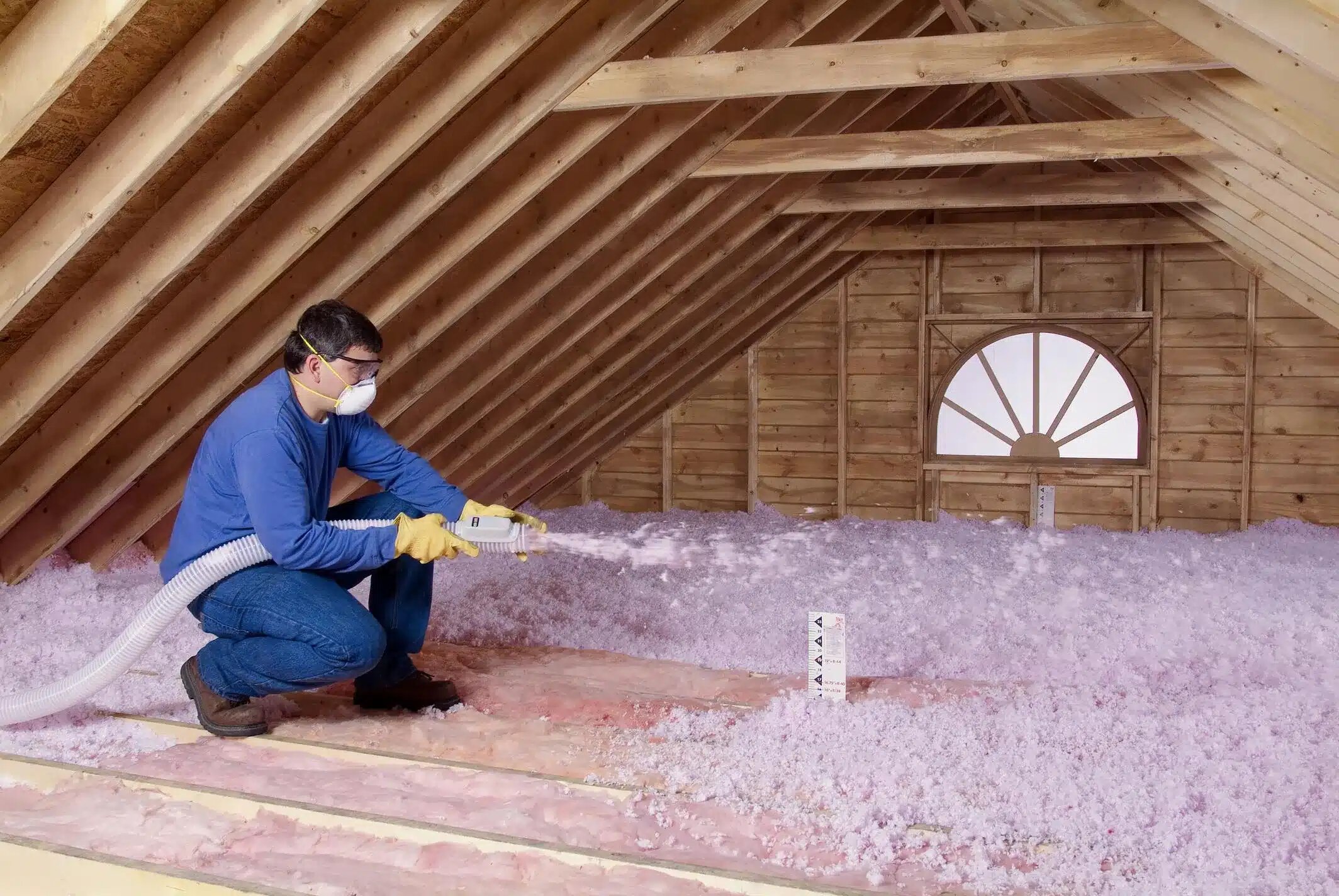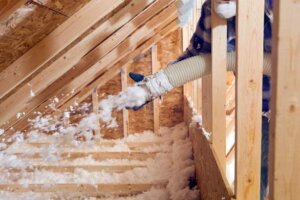

Blown-in fiberglass insulation is often chosen for its ability to improve comfort and energy efficiency without tearing a home apart. But anyone who’s ever tried adding it to an older property knows it’s rarely a simple, straightforward job. The charm of older homes often comes with construction quirks, outdated materials, and hidden problems that can complicate the process.
If you’re a homeowner or managing a commercial property with some age to it, here’s what you need to know before you start blown-in fiberglass insulation into those walls.
Construction Variables That Complicate Installation
One of the biggest surprises when working on an old home is discovering just how unpredictable the structure can be. Materials and framing methods from decades—or even a century—ago often don’t match today’s standards.
Irregular Wall Cavities
Modern framing tends to be uniform. Older walls? Not so much. You might find different cavity widths and shapes in the same room. That makes it hard to get a consistent layer of insulation, and inconsistent coverage often shows up as cold spots later.
Obstructions Inside Walls
Over the years, walls collect more than you think—plaster keys, chunks of wood, wiring, and sometimes random debris from past renovations. These block insulation from spreading evenly. Getting around them usually means careful drilling or, in some cases, opening up the wall.
Hidden Moisture and Air Leakage Problems
Moisture and air leaks are two things that can quietly ruin an insulation project if they aren’t addressed first.
Moisture Pathways
Leaky roofs, damp basements, or even condensation from poor ventilation can push moisture into walls. Once fiberglass gets wet, it loses a big part of its insulating ability and can encourage mold.
Air Infiltration
Blown-in fiberglass doesn’t stop drafts—it only slows down heat transfer. If there are gaps around windows, unsealed joints, or loose siding, air will just move right past the insulation. Sealing the house before adding insulation is the only way to avoid wasting effort.
Settling and Compaction Over Time
Blown-in fiberglass is lightweight, which makes it easy to work with but also prone to shifting over the years.
Density Loss
Tall wall cavities, especially in balloon-frame homes where walls can run from basement to attic, make settling worse. Insulation can slide down, leaving empty space at the top where heat escapes.
Difficulties in Re-Densifying
Once fiberglass settles, getting it back to its original density usually means drilling new holes and starting the process again. That’s extra time, extra labor, and extra cost.
Compatibility with Existing Materials
Old houses are rarely built from just one material. Many have layers of wood, plaster, and sometimes brick mixed in.
Plaster and Lath Considerations
Plaster and lath walls are common in older homes, but they don’t always respond well to drilling. The surface can chip or crack if it isn’t handled carefully. Keeping the wall looking good afterward often requires skilled patching.
Brick or Masonry Infill
Some walls have brick or masonry between studs. This setup can trap moisture against fiberglass insulation, reducing its effectiveness and potentially damaging the wall during freeze-thaw cycles.
Preservation and Building Code Requirements
With older properties—especially those in historic districts—there’s a balance between making upgrades and keeping original features intact.
Historical Preservation Standards
In some neighborhoods, there are strict rules about what changes can be made to a home’s structure. Sometimes, insulation work has to be reversible, meaning it can be removed without harming original materials. 
Fire Safety Codes
Balloon-frame homes can act like chimneys in a fire. Some areas require fire blocking before adding insulation, which can add extra steps to the project.
Common Challenges in Blown-In Fiberglass Installation for Old Homes
| Challenge | Cause | Potential Impact |
|---|---|---|
| Irregular wall cavities | Non-standard framing | Uneven coverage, reduced efficiency |
| Internal obstructions | Lath, wires, debris | Voids in insulation layer |
| Moisture infiltration | Roof leaks, condensation | Loss of insulation value, mold growth |
| Air leakage | Gaps in envelope | Poor thermal performance |
| Settling | Lightweight material | Heat loss over time |
| Preservation rules | Historic status | Limited installation options |
| Fire code requirements | Balloon framing | Additional labor and cost |
Conclusion
Adding blown-in fiberglass to an old home can make a big difference in comfort and energy bills, but it’s rarely a simple “drill and fill” job. Uneven wall cavities, hidden blockages, moisture issues, and preservation rules can all affect the outcome.
The best results come from inspecting the property thoroughly, sealing leaks, addressing moisture problems, and making sure the chosen method fits the home’s construction. With the support of high-quality insulation services, the upgrade can be done right—and last for decades.
FAQs
What’s the best way to prepare an old home for blown-in fiberglass insulation?
Start with a full inspection to spot air leaks, moisture sources, and any blockages in the walls. Fix these first so the insulation can do its job properly.
Can blown-in fiberglass be installed without damaging plaster walls?
Yes, but it takes skill. Specialized drilling and patching methods can minimize damage, though small touch-ups are usually needed.
How long does blown-in fiberglass last in an older home?
If it stays dry and undisturbed, it can last for decades. That said, some settling is likely over time, especially in taller wall cavities.
Does blown-in fiberglass stop drafts?
No. It slows down heat loss but doesn’t block airflow. Drafts need to be sealed before installation.
Is blown-in fiberglass safe for historic buildings?
Yes, if installed carefully and with attention to preservation guidelines. Moisture control and reversible methods are key.
Author: With 15 years of banking experience and five years managing H&R Foam Insulation, Edith is passionate about building strong relationships with customers. Her favorite part of the role is connecting with clients and ensuring their needs are met as she works alongside them to improve the health, comfort, and energy efficiency of their homes.
Reviewer: With 7 years in the spray foam insulation business, Ella Adams offered useful feedback on this post, helping make sure the tips were both realistic and easy to apply.





